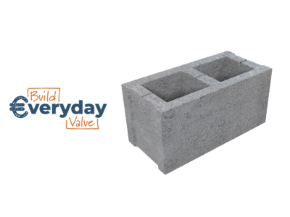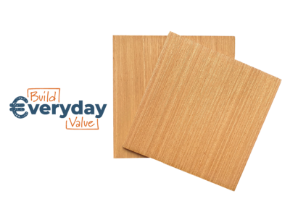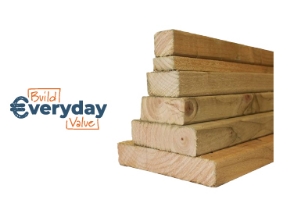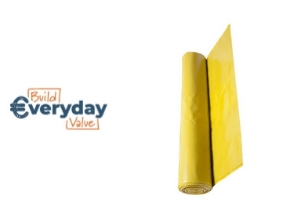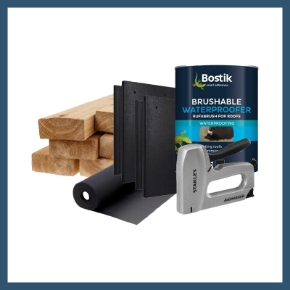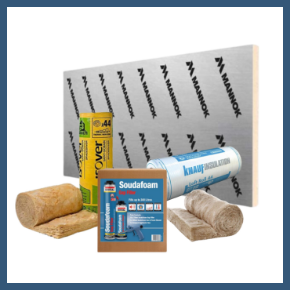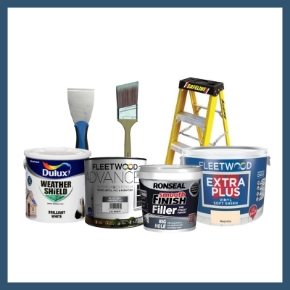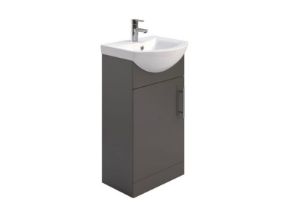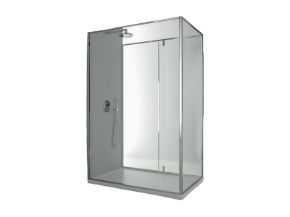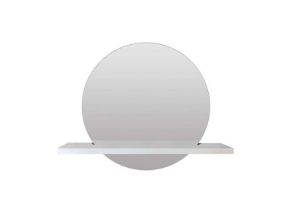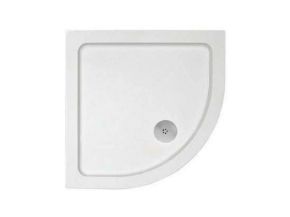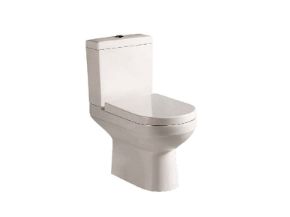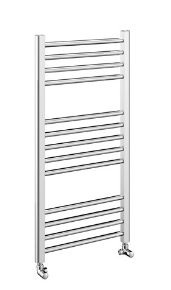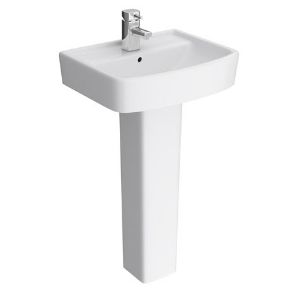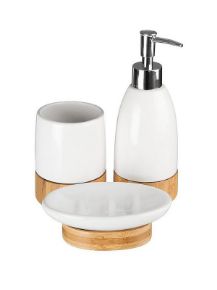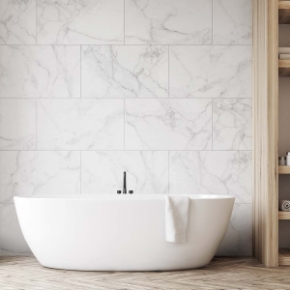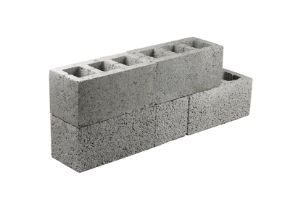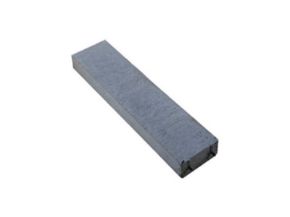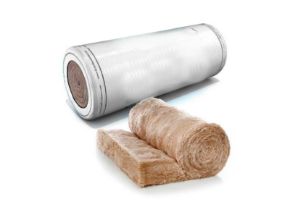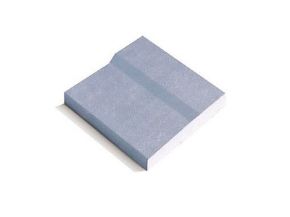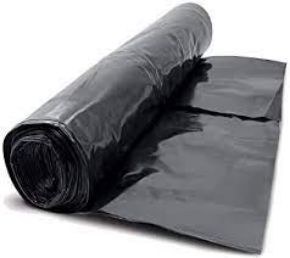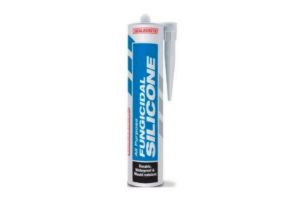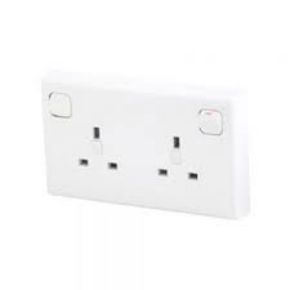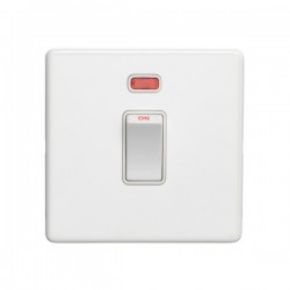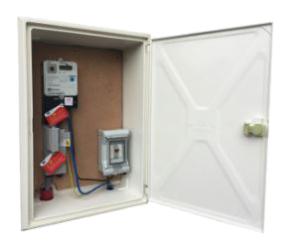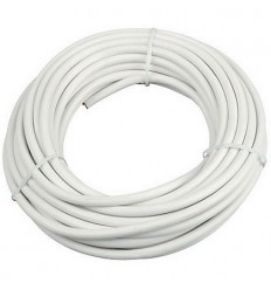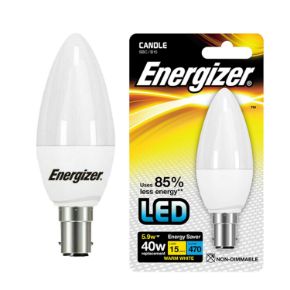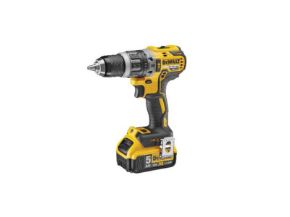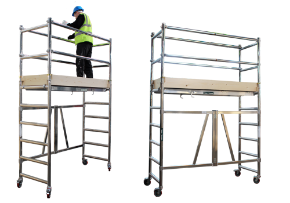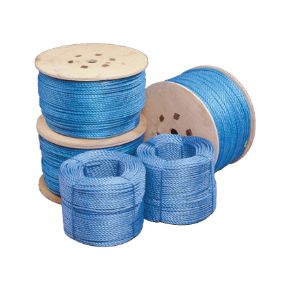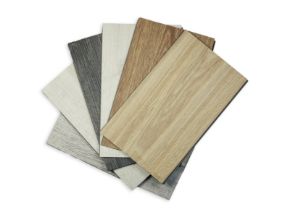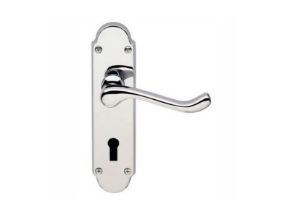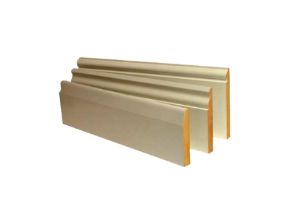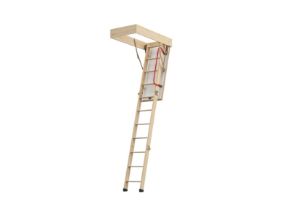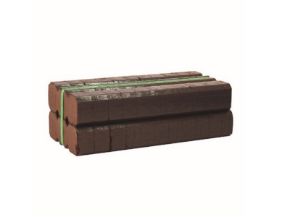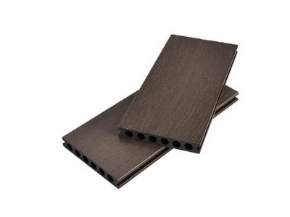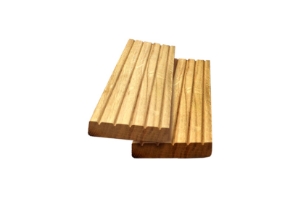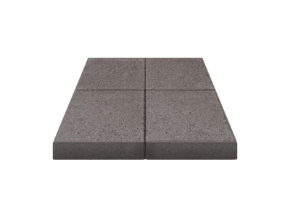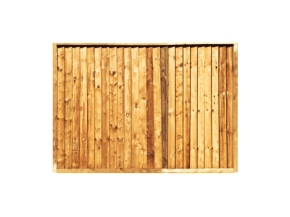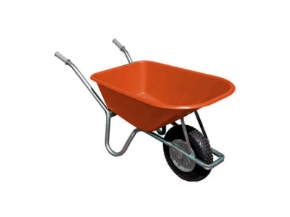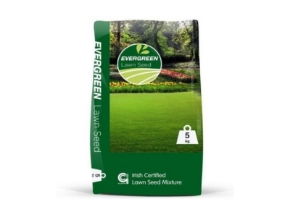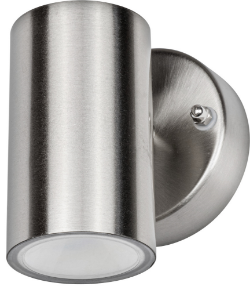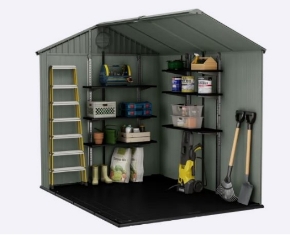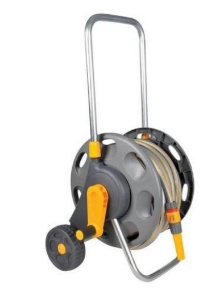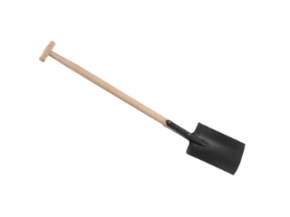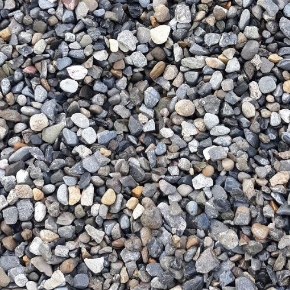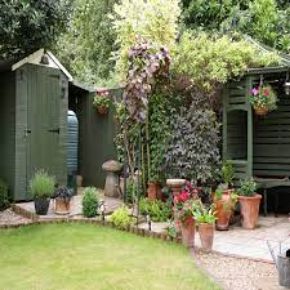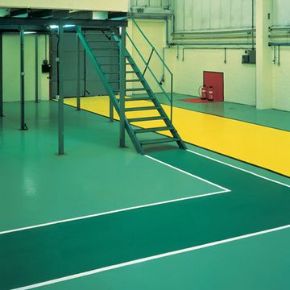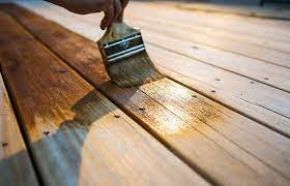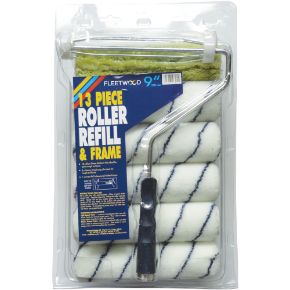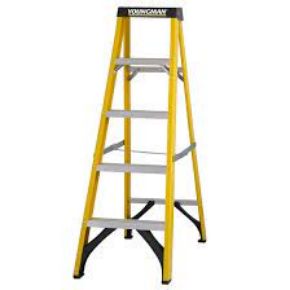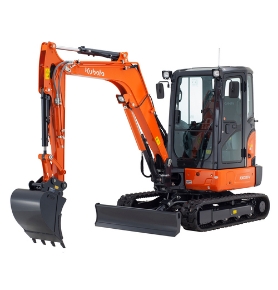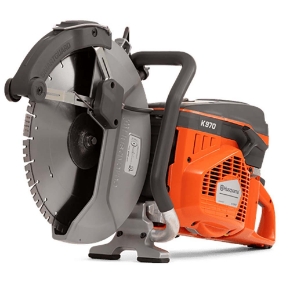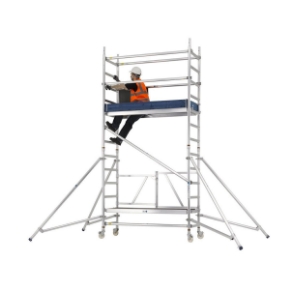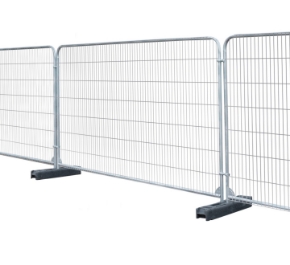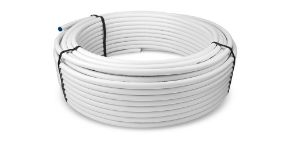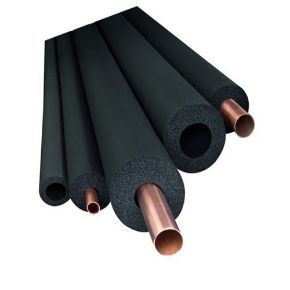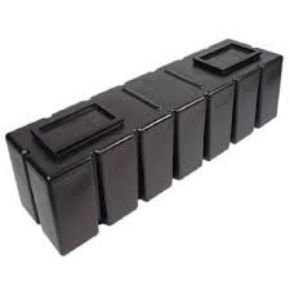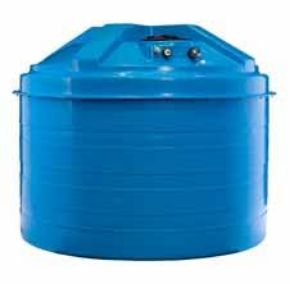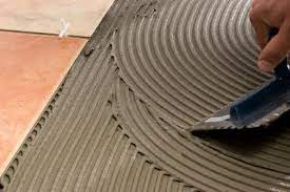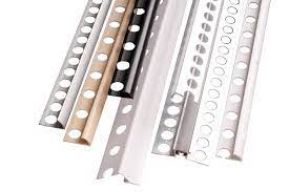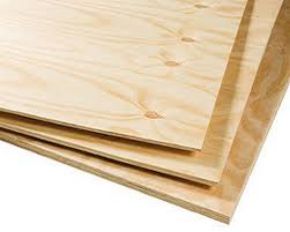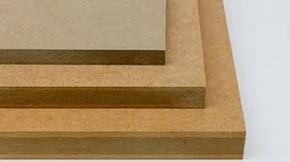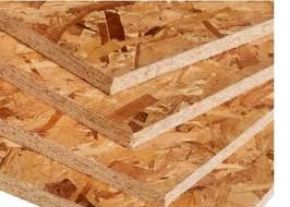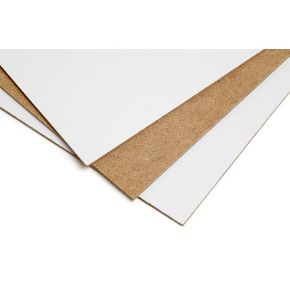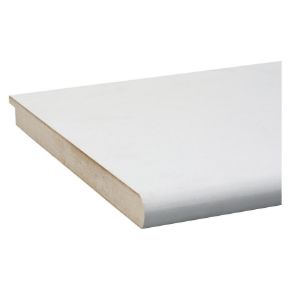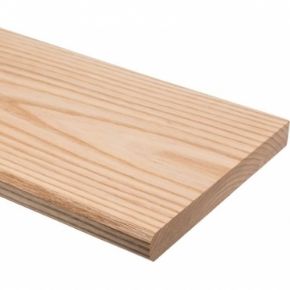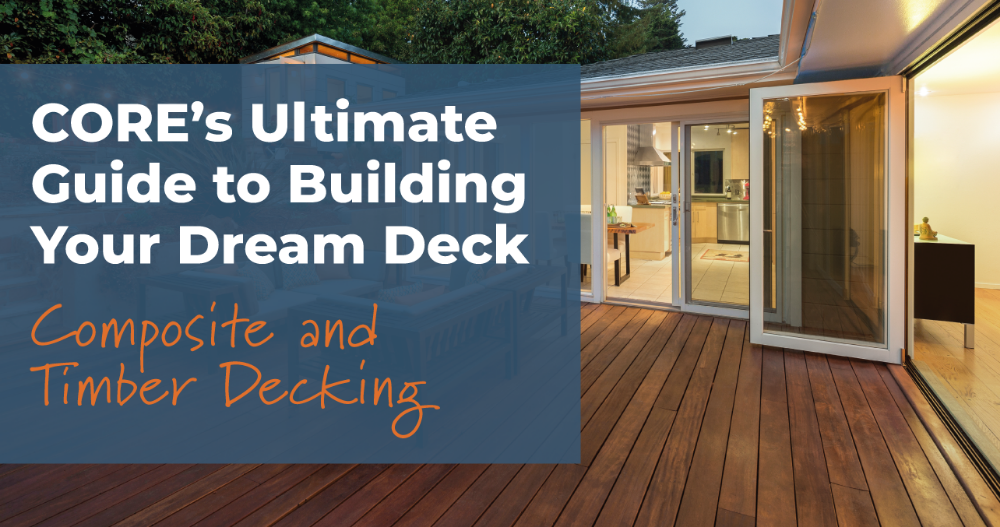
Welcome to the our Ultimate Decking Build Guide brought to you by CORE builders providers, Dublin's leading independent building supplier.
At CORE, we are committed to helping you create your dream outdoor space with our top-quality decking materials. Whether you're looking for composite decking for its durability and low maintenance or the natural charm of wood, CORE has everything you need to bring your vision to life.
Not only do we offer a wide range of building supplies, but we also provide plant and tool hire through CORE Hire, ensuring you have access to all the tools necessary for your decking project.
Join us on this decking journey, and let's transform your outdoor space into a haven of relaxation and enjoyment.
Understanding Composite Decking
Composite decking has gained popularity due to its low maintenance, durability, and eco-friendliness. It's a man-made material composed of recycled wood fibers, plastic, and binding agents, creating a strong, moisture-resistant, and splinter-free surface that emulates the appearance of natural wood. The benefits of composite decking include low maintenance, longevity, sustainability, and a variety of colour and texture options.
Composite decking is engineered to provide a consistent and uniform look without the imperfections found in natural wood. Its uniformity also ensures that no nails or screws will protrude, providing a smooth and safe surface for walking barefoot or sitting. The use of recycled materials in composite decking contributes to environmental conservation by reducing the demand for natural wood and decreasing waste.
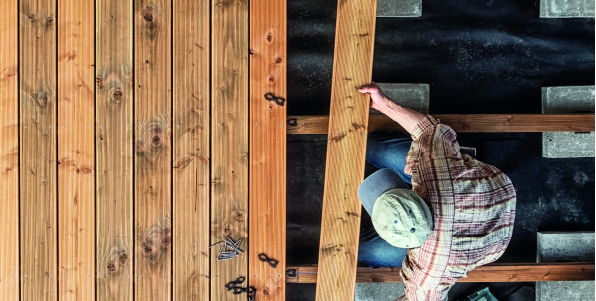
Choosing the Right Composite Decking
Selecting the perfect composite decking for your project is crucial. There are several factors to consider, such as durability, strength, slip resistance, fade, and stain resistance. Look for options with high durability and strength to withstand heavy foot traffic and various weather conditions. Slip resistance is vital for safety, especially in wet climates, as it prevents accidental slips and falls.
Additionally, choose composite decking with UV protection and stain-resistant properties. This will ensure that your deck maintains its appearance and colour over time, even when exposed to harsh sunlight or accidental spills. Keep in mind that different brands offer various levels of quality and price points. Evaluate your budget and explore different options to find a product that meets your needs without compromising quality.
Working with Timber Decking
Timber decking offers timeless charm and elegance. One of the significant advantages of timber decking is its versatility when it comes to customisation. You can stain or paint natural wood decking to achieve the desired colour and match your home's exterior. This allows for a wide range of creative possibilities to express your personal style and taste.
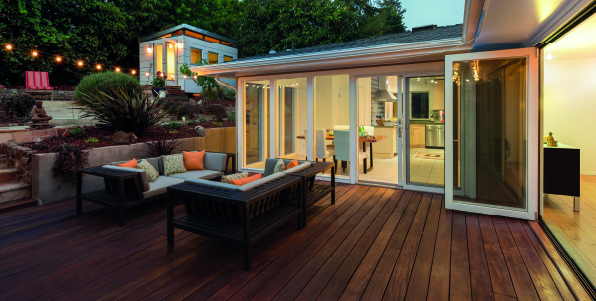
Designing Your Dream Deck
Creating a well-thought-out design is key to a successful decking project. Start by accurately measuring your outdoor space and considering factors such as sun exposure, wind direction, and privacy. A well-planned deck design can enhance your property's overall appearance and functionality, providing a seamless transition between your indoor and outdoor living spaces.
Take your time to envision how you'll use the deck. Will it be a space for entertaining guests, a coy retreat for relaxation, or a combination of both? Once you have a clear purpose in mind, you can decide on the shape and size of your deck, keeping functionality and architectural harmony in mind. For instance, a rectangular or square-shaped deck might be more suitable for large gatherings, while a curved or L-shaped design can fit better in smaller or irregularly shaped spaces.
Integrating landscaping elements can further enhance the deck's appeal and functionality. Consider incorporating planters, pergolas, or seating areas to create a visually appealing and inviting atmosphere. Such features not only add aesthetic value but also provide practical benefits, such as shade, privacy, and a sense of enclosure.
Building Your Deck
Now that you have a solid plan, it's time to start building your deck. This section will guide you through the construction process, ensuring a safe and successful project.
Step 1: Prepare the Foundation
A sturdy foundation is essential for the long-term stability of your deck. The foundation can either be concrete footings or a solid frame made of pressure-treated timber. Your choice will depend on factors such as local building codes, soil conditions, and the size and type of your deck.
For concrete footings, you'll need to dig holes at designated locations according to your deck's layout. Consult your local building codes for the required depth and diameter of the footings. Once the holes are dug, insert sonotubes or cardboard tubes and pour concrete into them. Place metal post anchors in the wet concrete to secure the posts that will support your deck.
For a deck with a frame, ensure that the frame's joists are level and square. Use a level and string lines to verify that the frame is in alignment before proceeding with the construction.
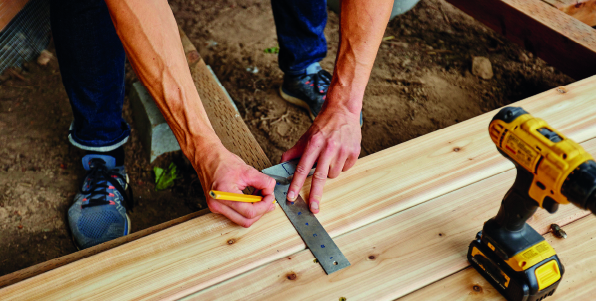
Step 2: Installing Decking Materials
Once the foundation or frame is ready, it's time to install the decking materials. Whether you've chosen composite or natural wood decking, it's essential to follow the manufacturer's instructions carefully.
Composite decking usually comes with hidden fasteners that are designed to create a clean and seamless surface. These fasteners will attach the decking boards securely to the frame without any visible screws or nails. This not only improves the aesthetics of the deck but also prevents any potential tripping hazards.
For natural wood decking, you'll typically use screws to attach the boards to the frame. Be sure to leave adequate space between the boards to allow for natural expansion and contraction due to weather changes. Most wood species require about 1/8 inch of spacing between boards for this purpose.
Step 3: Adding Railings and Stairs
Railings are a vital safety feature for decks elevated more than a few feet from the ground. Depending on your local building codes, railings may be mandatory for decks of a certain height. Even if not required, railings provide an extra layer of safety, especially for families with children and pets.
Composite decking often offers matching railing systems that seamlessly integrate with the deck's design. These systems are designed to complement the decking colour and texture, providing a cohesive look.
For natural wood decks, you have various options for railing designs, including using the same wood species as the deck, combining different materials, or using metal or glass balusters for a modern and sleek look.
When it comes to stairs, ensure that they are well-constructed and up to code. The riser height and tread depth should be consistent for each step, and railings should be installed on both sides for safety.

Step 4: Finishing Touches
The finishing touches are what transform your deck from ordinary to extraordinary. These small details can significantly impact the overall appearance and functionality of your outdoor space.
Consider adding post caps to the tops of the deck's support posts. Post caps not only provide a polished and elegant finish to the deck but also protect the wood from the elements, extending its lifespan.
Outdoor lighting is another essential aspect of deck design. Well-placed lighting not only enhances the deck's ambiance but also provides safety and visibility after dark. Options include LED strip lights, post cap lights, and stair riser lights.
Lastly, consider adding skirting around the perimeter of the deck. Skirting provides a finished look and keeps animals from nesting beneath the deck. It also prevents debris from accumulating and improves the deck's overall aesthetics.
Last, But Not Least! Always remember to check local building codes and regulations!
CORE Your Trusted Building Supply Partner
With CORE as your trusted partner, we’ll help you create the outdoor oasis you've always dreamed of. From top-quality building supplies to convenient plant and tool hire through CORE Hire, we have you covered every step of the way.
With CORE you can conveniently shop online for all your building supply needs, or call into one of our six Dublin branches, CORE Blackrock, CORE Clondalkin, CORE KCR Kimmage, CORE KCR Nangor Road, CORE Newtown (Coolock), and CORE Ringsend.

.png)


